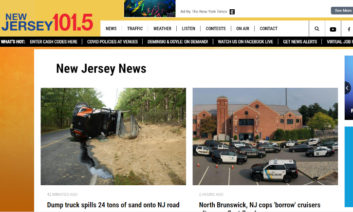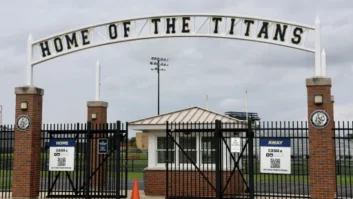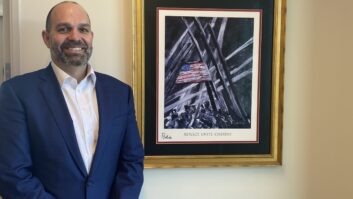
Not long ago, the term “survival” was a distant thought. Now it’s difficult not to think about it several times daily. We must continually consider how we survive this terrible pandemic both physically and financially. We must plan carefully now for the future.
Being local is no longer an option for terrestrial radio. The choice is to be local or to risk irrelevance. As listening habits continue to shift toward more time spent with Spotify, Apple Music, Pandora, podcasts and other choices, being a radio station without localization is a long-term losing proposition.
Where’s the local opportunity?
[Read: Take Time to Renew Relationships]
The most obvious is in news, talk and information. It may be difficult for programmers under 40 years old to remember local news on anything other than an actual full-time local news station, since consolidation has unsparingly wiped out local news on music stations.
For the most part, these had been inexpensive news operations; often the “news department” was one dedicated staff member and a few part-timers.

When they were eliminated, local newspapers initially filled the void. But then so many newspapers folded that it left hundreds of towns — especially those without TV stations — with little to no local news.
However, some local news websites, often based on formerly printed publications, survived; and we have seen radio stations partner with or buy these local news websites and then promote and sell advertising in combo.
This is a great plan if you’re able to replicate it.
There is an opportunity in many cities to bring local news back to radio, especially during drivetimes. There is no reason why your :60– to :90–second local newscasts can’t be recorded slightly in advance of use to maximize your sole reporter’s time.
Another strong option continues to be the talk/news hybrid with local hosts. If you don’t think the talent is out there, I refer you once again to the relatively new “Clubhouse” app, where thousands of hosts are honing much of the same skill set required for local talk radio.
When a radio station pursues a news, talk or information agenda, it is a gathering place for community. This leads to loyalty, which is any station’s key to success. Another understated benefit is that when people listen to spoken-word programming — even when it is part of a music station — it is not usually heard as mere background; rather, it engages actively, a huge benefit to local advertisers who are counting on people to hear their messaging.

Who is consistently the top-billing radio station in America? It’s WTOP, the all-news station in our nation’s capital. Other success stories include Trenton’s NJ101.5 in the talk/news format since 1990, when Walt Sabo not only innovated localization, but also convinced ownership that it belonged on FM.
And for those who think this can’t work in a small- to medium-size town, check out KXRA in Alexandria, Minn., with a county population of 36,529. The “Voice of Alexandria” has local news and sports, a daily updated event calendar, an on-air “Swap Shop” and a strong, locally focused website. And it’s all supported by enthusiastic hometown advertisers.
To be clear, this is not about positioning statements. If you say “we’re local radio” but don’t actually deliver the goods, you will not win fans. This proposition is for courageous programmers and owners who realize that it’s past time for radio to return to its roots in localization.







